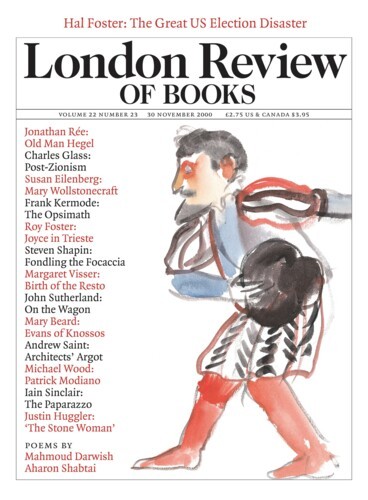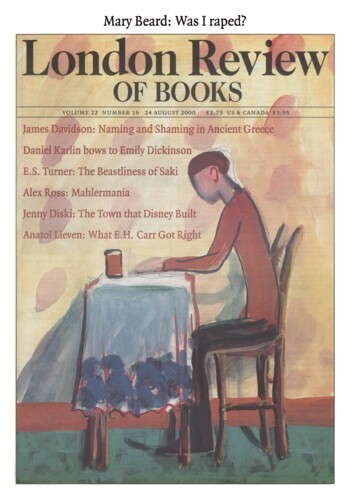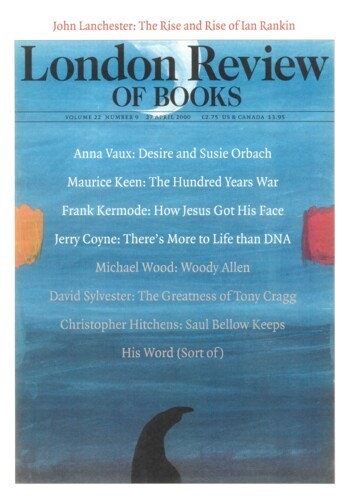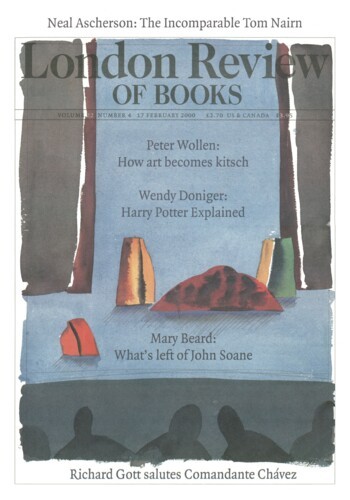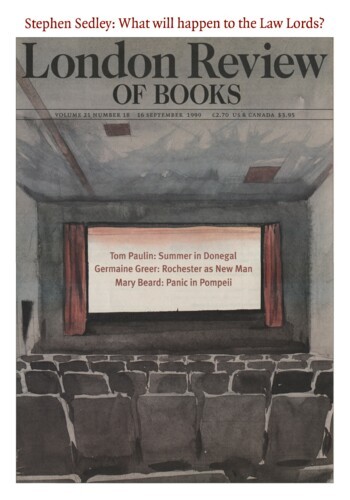In September 1978, on a night train from Milan, I was forced to have sex with an architect on his way to the site of a biscuit factory he was designing somewhere outside Naples (or so he claimed). It’s a simple enough story. I was a graduate student, changing trains at Milan, and laden with luggage for a term’s research in Rome. There were a couple of hours to wait for the most convenient train south, so I went to the station bar on the look-out, I suppose, for an opportunity to wheel out my still very faltering Italian. The architect was there, on the look-out, too, presumably. Discovering that I had no couchette for the journey, he insisted on trying to book one for me; he took my ticket (which I meekly gave him), returned triumphant and then helped me with my cases and backpack to the train. Predictably enough as it now seems (though I’m sure I didn’t foresee it at the time), what he had actually booked was a two-berth first-class wagon lit. He bundled me in, took off my clothes and had sex, before departing to the upper bunk. I woke a few hours later just outside Rome to find him on top of me again, humping away – taking his last chance before handing me over to the sleeping-car steward to deposit on the platform, while he no doubt slept on to Naples. The only face I have chosen to remember (or perhaps re-create) from the whole incident belongs to this steward, the sly and uncomfortably knowing face of a man who had recognised exactly what was going on and had seen it all before, many times. As he pressed a small plastic cup of coffee into my hand in a routine way, I could tell that it would have been useless appealing to him for help, even if I’d had the chance.’
In September 1978, on a night train from Milan, I was forced to have sex with an architect on his way to the site of a biscuit factory he was designing somewhere outside Naples (or so he...
